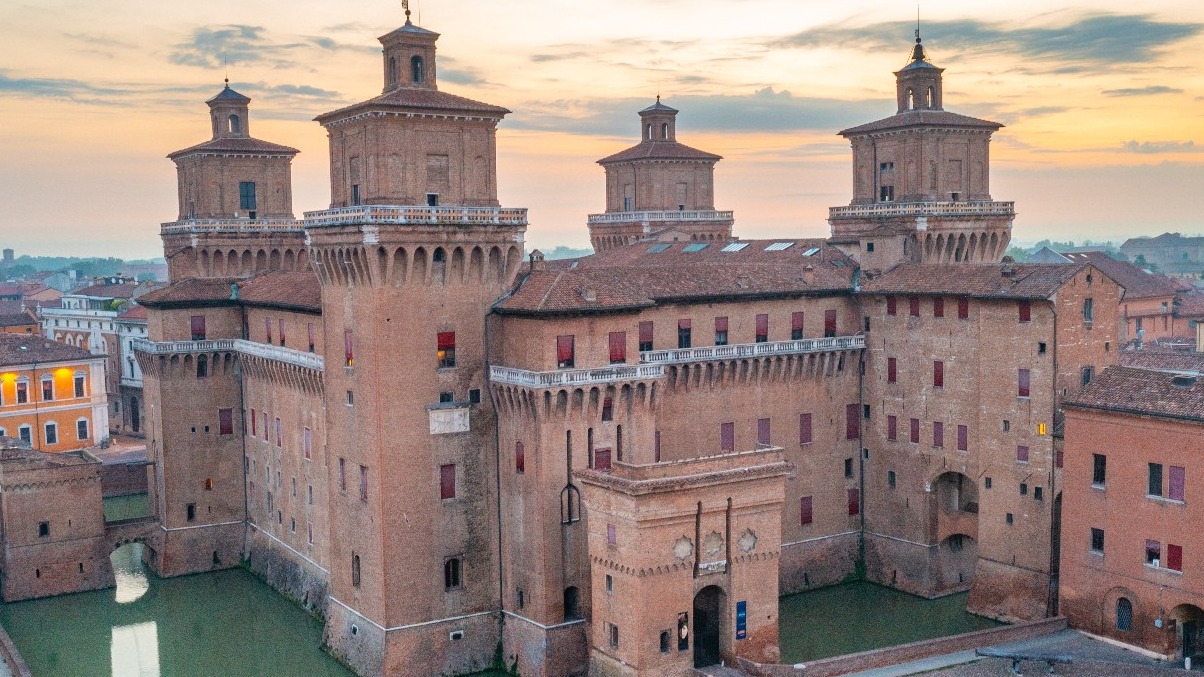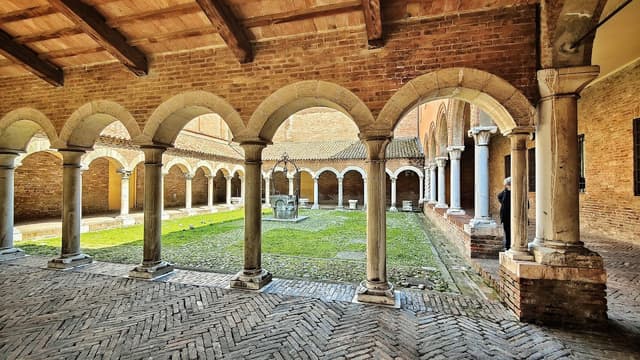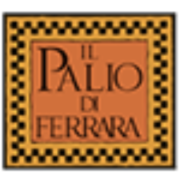Ferrara: Italy’s Hidden Gem

WHERE IS FERRARA?
Ferrara is a city in the Emilia-Romagna region of northern Italy. It is situated on the Po di Volano, a branch of the Po River, and is approximately halfway between the cities of Bologna and Venice. Known for its Renaissance architecture, Ferrara is a UNESCO World Heritage Site and has a rich cultural and historical significance.
Recommended Time to Visit:
April to June: Ideal for pleasant weather, outdoor activities, and fewer tourists.
September to October: Best for food lovers and cultural festivals in a cooler climate.
How to get there?
Ferrara is well-connected by both road and rail, making it easily accessible from major Italian cities. The most convenient and cost-effective option is to travel with Trenitalia. For easier access to tickets and schedules, it’s recommended to download the Trenitalia app.
WHAT TO SEE?
Castello Estense (Este Castle)
A massive moated fortress built in the 14th century by the ruling Este family, this iconic landmark dominates the city center. The castle features four large towers and is surrounded by a moat. Inside, you can explore the dungeons, frescoed rooms, and the upper terraces, which offer great views of Ferrara.

Ferrara Cathedral (Cattedrale di San Giorgio)
The Ferrara Cathedral is a stunning Romanesque-Gothic church located near the Este Castle. Its intricate façade is a mix of Romanesque and Gothic styles, while the interior is adorned with beautiful frescoes and sculptures. The adjoining bell tower, designed by Leon Battista Alberti, offers a remarkable contrast in Renaissance style.

Palazzo dei Diamanti (Diamond Palace)
This Renaissance palace is named for the diamond-shaped stones that cover its façade. It houses the National Picture Gallery (Pinacoteca Nazionale), which contains important Renaissance works by artists such as Giovanni Bellini and Dosso Dossi. The building itself is a masterpiece of Renaissance architecture.

Palazzo Schifanoia
A former Este family pleasure palace, this building is famous for its stunning Salone dei Mesi (Hall of the Months), featuring magnificent frescoes that depict astrological themes and mythological scenes. It provides a unique insight into the cultural and artistic life of Ferrara during the Renaissance.

Monastero di Sant'Antonio in Polesine
A serene monastery on the outskirts of Ferrara, it is known for its peaceful atmosphere and beautiful frescoes by local artists. The nuns who live here still follow a cloistered lifestyle, and visitors can tour part of the complex and see some of the preserved medieval artwork.

Via delle Volte
A picturesque, cobblestone street that dates back to the Middle Ages, Via delle Volte is lined with arches that cross over the street. Walking down this ancient street is like stepping back in time, offering a glimpse of what Ferrara might have been like in medieval times.

Parco Massari and City Walls
Ferrara’s ancient city walls, built in the Renaissance period, still encircle much of the city. You can walk or cycle along the top of the walls for a great view of the city. Nearby is Parco Massari, the largest park in the city, perfect for a relaxing stroll.

Museo della Cattedrale
Located in the former Church of San Romano, this museum showcases art and artifacts from Ferrara Cathedral, including sculptures, tapestries, and manuscripts. It’s a great stop for those interested in religious art and the history of the cathedral.

Corso Ercole I d'Este
Often considered one of the most beautiful streets in Italy, this wide boulevard is lined with Renaissance palaces, including the Palazzo dei Diamanti. It’s a lovely place for a walk to soak in the grandeur of Ferrara's Renaissance urban planning.

MORE TO DO (if you have time):
Museo Archeologico Nazionale (National Archaeological Museum)
This museum is housed in the Palazzo Costabili and features one of Italy’s best collections of ancient Greek and Etruscan artifacts, mostly from the nearby Etruscan city of Spina. The museum has beautifully preserved pottery, jewelry, and other finds, offering a fascinating glimpse into pre-Roman civilization.

Casa Romei
This 15th-century palazzo was the home of Giovanni Romei, a wealthy nobleman. Today, it is a museum that preserves the lifestyle of Renaissance Ferrara’s elite. The frescoes and decorative elements in the rooms are particularly impressive, offering insight into the domestic life of the time.

Teatro Comunale (Municipal Theatre)
Ferrara’s main opera house, this elegant 18th-century theatre is known for its excellent acoustics and beautiful interior. It hosts various performances, including opera, ballet, and concerts. If you're in town, catching a performance here would add a cultural dimension to your visit.

Palazzo Roverella

Orto Botanico (Botanical Garden)
Part of the University of Ferrara, the botanical garden features a wide variety of plant species, both local and exotic. It’s a peaceful place for a leisurely walk and a great spot for nature lovers, showcasing Ferrara's commitment to green spaces.

Local Festivals and Events:
Palio di Ferrara:
One of the oldest and most famous horse races in Italy, held annually in May. The event includes historical parades and medieval contests.
Ferrara Buskers Festival:
A popular international festival celebrating street musicians, usually held in late August.
FOOD to try?
The most typical food unique to Ferrara, distinct from the broader Emilia-Romagna region, is Salama da Sugo and the most iconic dessert is Pampapato (also known as Panpepato).
Salama da Sugo
This is a centuries-old local specialty made from a mix of pork, spices, red wine, and sometimes cloves and cinnamon. It is slowly cooked and typically served with mashed potatoes or polenta. The dish has deep historical roots and is found almost exclusively in Ferrara.
Pampapato (Panpepato)
Pampapato is Ferrara’s most famous dessert, a spiced chocolate cake filled with nuts, dried fruits, and spices like cinnamon and nutmeg, often associated with Christmas. It was originally created in the 15th century for the Este court, symbolizing wealth due to the use of exotic spices.
I hope you enjoyed this guide! Have a great time, and feel free to tip me if you found it useful!❤️ 🧡 💛
The home for unique & authentic travel


